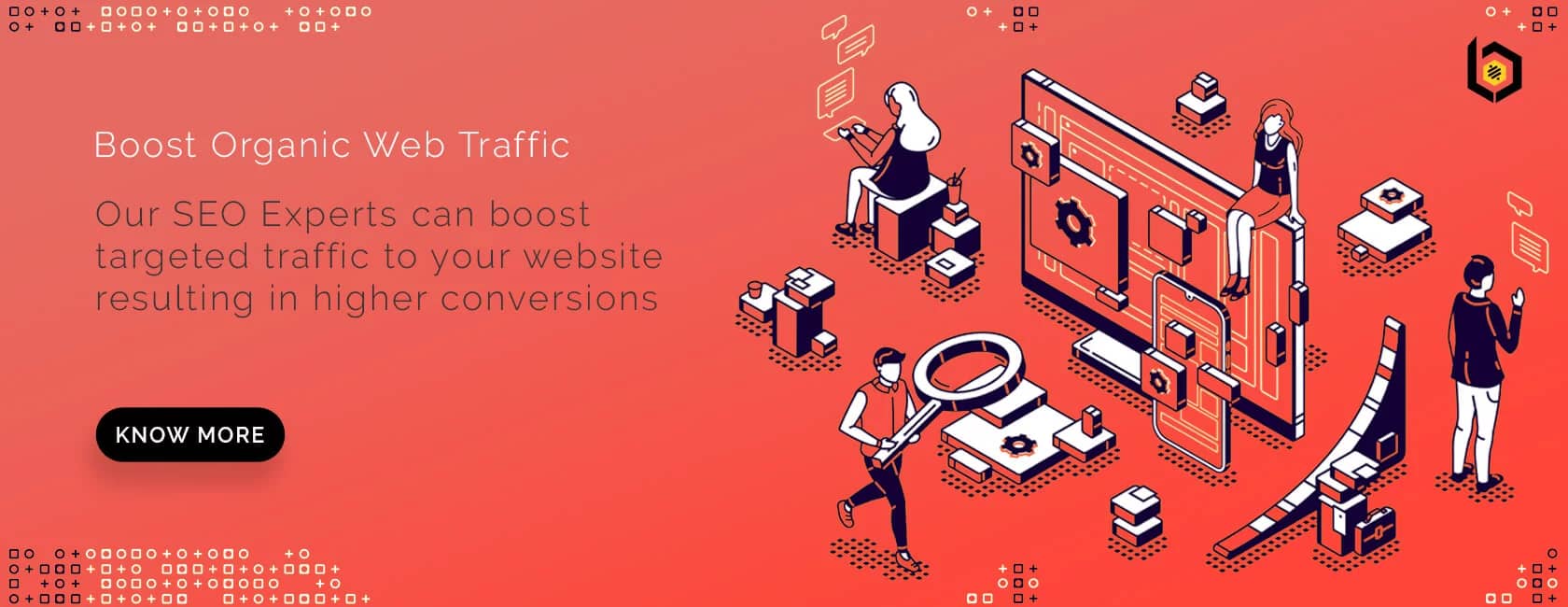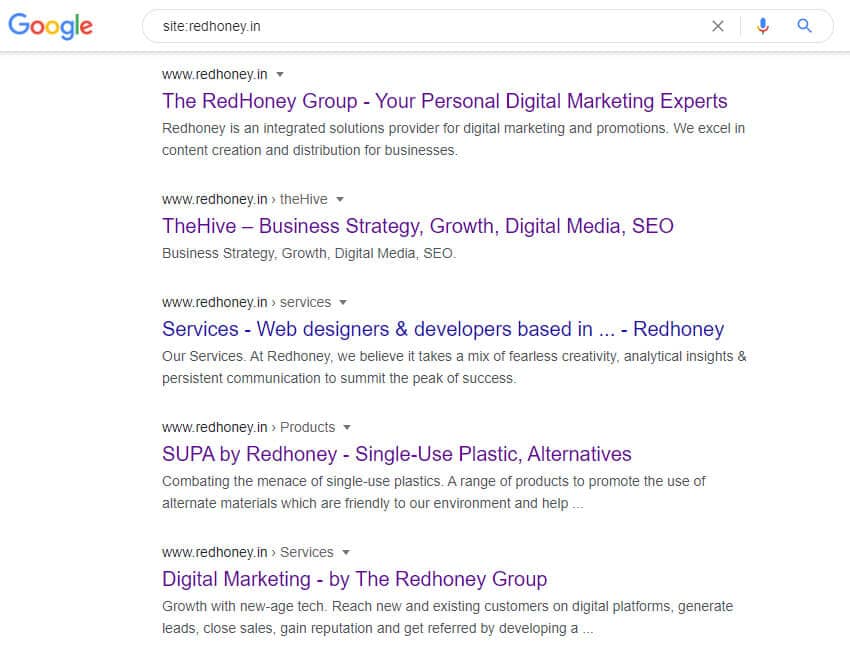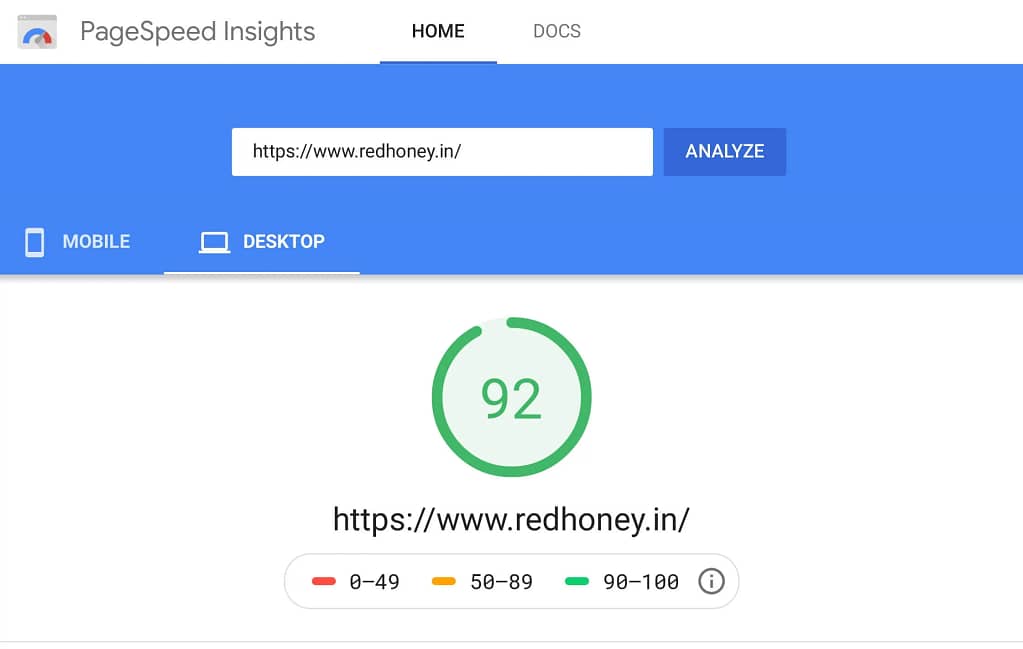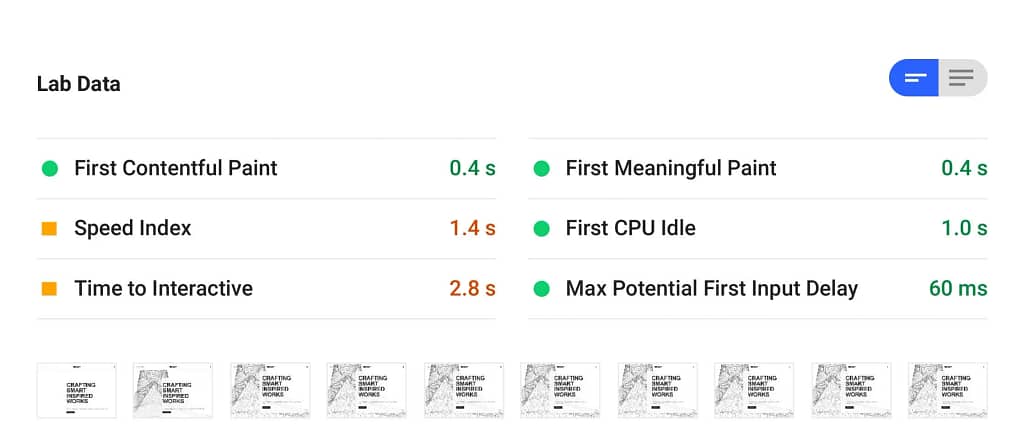SEO is a fast-paced and dynamic field. It can also sometimes be frustrating, especially if you’re relying on outdated tactics that no longer work. It takes more than just building links, creating any old content, and adding a few keywords to improve your organic search rankings and increase the visibility of your business or brand.

Here we discuss some of the essential tactics for improving your search ranking in 2020 on google.
Let’s get into the thick of it:
- Proper Tagging
- Optimize Website Loading Time
- Use Strategic & Pretty URLs
- Leverage Internal Links
- Align content with user intent
- Analyse User Experience
- Focus on Long-form Content
Proper Tagging
The first step to good SEO is a solid content foundation for any website. Smartly written copy, emphasizing your targeted keywords, is a must for your website. Beyond that it is crucial to write compelling meta tags for your web pages.
Meta tags are snippets of text that describe a page’s content, the meta tags don’t appear on the page itself, but only in the page’s source code. Meta tags are essentially little content descriptors that help tell search engines what a web page is about. The most important among the meta tags are the title and description tags for each web page.

What is a Title Tag?
The title tag is a clickable heading text displayed in search engines like the one in the above example of “The RedHoney Group – Your Personal Digital Marketing Experts”. It is a HTML tag defined in the head of your document and provides an initial cue or context as to what the topical subject matter is of the respective page it is on.
Titles are critical to giving users a quick insight into the content of a result and why it’s relevant to their query. It’s often the primary piece of information used to decide which result to click on, so it’s important to use high-quality titles on your web pages.
According to Google
Best Practices for creating your title tags:
- Include your targeted keywords.
- Try and matches the users search intent with your title tag.
- Create unique title tags for each page on your website.
- Keyword stuffing should be avoided.
- Keep it concise with a length between 50-60 letters.

What is a Descripion Tag?
The meta description is an HTML attribute that provides a brief summary of a web page. Search engines such as Google often display the meta description in search results. It is the second most important meta tag as it is directly displayed on the search result page and has a massive impact on your click through rates.
A meta description tag should generally inform and interest users with a short, relevant summary of what a particular page is about. They are like a pitch that convince the user that the page is exactly what they’re looking for.
According to Google
Best Practices for writing Meta Descriptions:
- Use unique copy for each page on your website.
- Include action oriented content.
- Include targeted keywords in your copy.
- Be descriptive, a length of 55 – 160 characters is optimal for display on google.
Optimize Website Loading Time
High website load times are heavily penalized by search engines and have a major affect on your SEO. Google recommend a load time of under 5 seconds for all your web pages to give visitors a good experience.

Use Strategic & Pretty URLs
A well-crafted URL provides both humans and search engines an easy-to-understand indication of what the destination page will be about. It is an important factor for SEO and click through rates. Using a pretty URL that includes keywords can improve your site’s search visibility

Optimal URLs format for SEO
- Maximum Length of 2083 characters
- HTTPS enable on all pages
- Easy for human Readability
- Includes multiple keywords within the url for best performance https://www.example.com/category-keyword/subcategory-keyword/primary-keyword.html
Leverage Internal Links

An internal link is any link from one page on your website to another page on your website. They are useful for users for navigating through the website and for search engines in understanding your content, context and structure.
Align Content with User Intent
SEO managers are able to prove real business value by driving conversions on a website and, ultimately, revenue. Optimizing your website for the right user intent is essential in doing this. Identifying keywords that indicate commercial intent is extremely important to the success of holistic search marketing campaigns.

Type of User Search Intent
- Informational: The searcher is trying to find a particular piece of information
- Navigational: Users trying to get to a specific website. The intent is to evaluate a specific brand, topic or theme more closely.
- Transactional: The searcher is looking to make a purchase queries
Analyse User Experience
Delivering an outstanding experience to your users is crucial for higher rankings. A good UX drastically reduces bounce rates and session duration for your websites which are high factors in google ranking algorithm.

SEO / UX Best Practices
- Create engaging content
- Add interactive elements
- Provide obvious call to actions
- Easy Navigation options
Focus on Long-Form Content
Long-form content has various definitions all over the internet ranging from articles longer than 800 words to upwards of 2400 words and more, but in essential the objective of long form content is to provide greater value to visitors. A piece of content must provide a lot of information to the visitors, easily answer their questions and improve user experience. Long-form content also help websites to be featured in various SERP elements on google search.
Long-Form Content Basics
- Higher than 1200 words.
- Do not create repetitive content to increase length.
- Deeper analysis of subject matter.
- Add charts and graphs to content.
- Easily readable and digestible content.






Leave a Reply